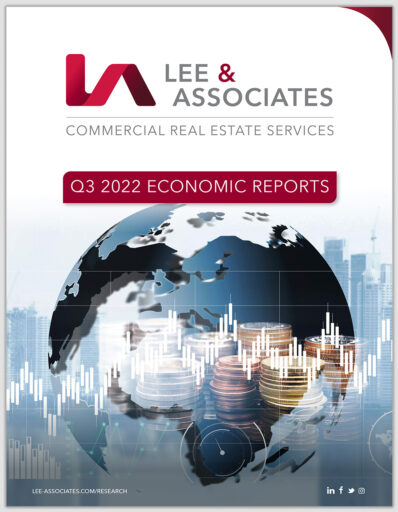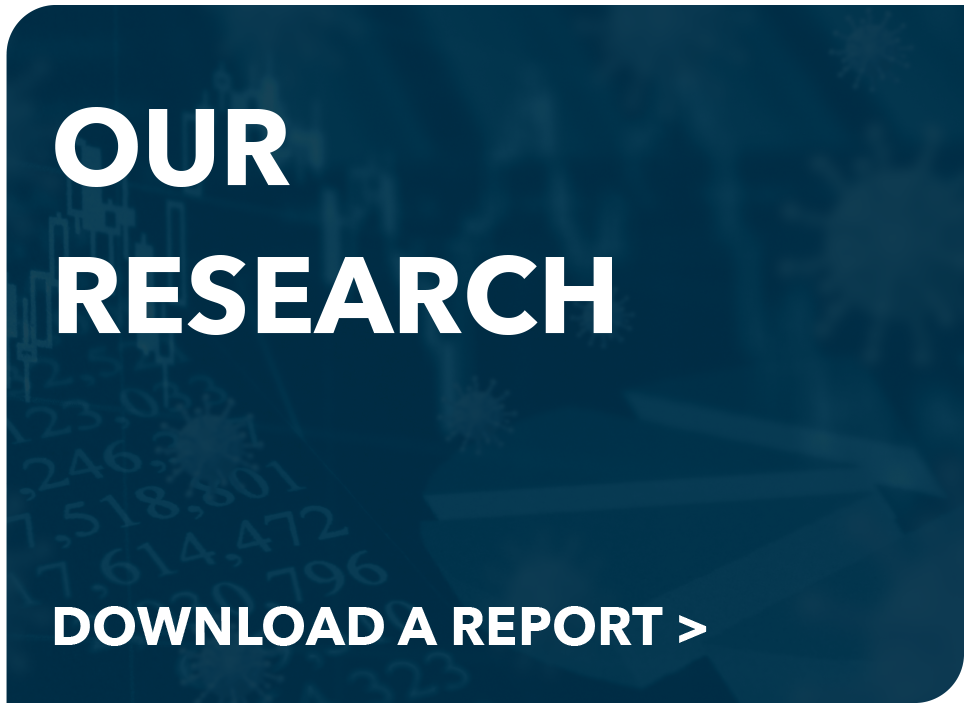GDP GROWTH:
The nation’s gross domestic product grew at an annual rate of 2.6% in the third quarter, a reversal from six previous months of decline. Although the Commerce Department data was better than forecast there are expectations the economy will weaken under the strain of high inflation and rising interest rates.
There were third-quarter gains in exports, consumer spending, nonresidential fixed investment and local, state and federal government spending. These increases were partly offset by declines in residential fixed investment and private inventory investment.
There were increases in exports of goods and services. Leading contributors to the increase were industrial supplies, petroleum and other nondurable goods and nonautomotive capital goods. There also was improvement in travel and business services.
Within consumer spending, health care led an increase in services that was partly offset by a decline in purchases of goods, chiefly motor vehicles and parts as well as food and beverages. Within nonresidential fixed investment, increases in equipment and intellectual property products were partly offset by a decrease in commercial development. READ MORE >
EMPLOYMENT:
Although employment growth nearly equaled expectations in September, the jobless rate edged down despite efforts by the Federal Reserve to slow the economy. Companies filled 263,000 non-farm positions, fewer than the Dow Jones estimate of 275,000, and the nation’s unemployment rate settled at 3.5%, returning to its July level.
In its September employment report, the Labor Department also said that average hourly earnings rose 0.3% on the month and increased 5% from a year ago. Leisure and hospitality led the gains with an increase of 83,0000 jobs but the sector remains 1.1 million jobs short of the level of February 2020.
Health care filled 60,000 positions. Professional and business services gained 46,000 jobs. Manufacturing added 22,000 positions. Construction was up 19,000 jobs and wholesale trade climbed by 11,000.
Among the reasons behind the missed expectations was a cut of 25,000 government jobs. Also, financial activities and transportation and warehousing posted losses of 8,000 positions.
Overall, job growth has remained relatively strong as employers face a mismatch in the labor market with 1.7 job openings per available worker. Moreover, increased hourly wages have not kept pace with the rate of inflation, which was 8.2% in September. READ MORE >
MONETARY POLICY:
The Federal Reserve raised its federal funds rate by .75% in late September to 3.25% and sent clear signals that to fight persistently high inflation there will be one and perhaps two more rate hikes ordered by the end of the year.
The Fed’s latest projections call for a 4%-4.5% interest rate target this year, rising to the 4.5%-5% range in 2023 with no rate cuts next year. The Fed reaffirmed its position that reducing inflation is more important than growth. And its continued tough stance increases the odds, in the view of the markets and many economists, of a U.S. recession next year.
“The Federal Reserve is choosing between the lesser of two evils – take a recession with a rise in unemployment today or risk having more corrosive and entrenched inflation taking root,” KPMG’s Diane Swonk told the Wall Street Journal.
Forecasters have increased their expectations for a downturn. The Wall Street Journal said, on average, economists in its quarterly poll predict GDP will contract .2% in the first quarter and .1% in Q2. That was a reversal from its previous quarterly poll in which mild growth was expected for the first half of 2023. The aggressive plan for increases is consistent with the decisiveness shown by the Federal Reserve at the outset of the pandemic. But although most economists believe any recession will be short-lived, the question remains whether the Fed and other central banks will stay the course if the downturn grows too painful. READ MORE >
GLOBAL ECONOMY:
The global economy is encountering a number of turbulent challenges. The outlook is most affected by inflation, which is the highest in decades, and tightening financial conditions, Russia’s invasion of Ukraine and the lingering Covid pandemic.
The International Monetary Fund has reduced its forecast for world economic growth this year 20 basis points to 3.2%. The IMF expects expansion of 2.7% in 2023. Global growth hit 6% in 2021.
The slower growth is being engineered by central banks and governments aiming to reduce inflation and normalize monetary policies that were disrupted by Covid. Most directly is this involves tightening the money supply, which is driving up the cost of credit.
The World Bank notes that central banks around the world reacted by hiking interest rates with a “degree of synchronicity not seen over the past five decades.” The challenge is to avoid severe economic distress while raising interest rates and cutting government spending to reduce inflation, perhaps the most insidious of all economic maladies.
Global inflation will rise from 2021’s 4.7% to 8.8% in 2022 before falling to 6.5% in 2023 and 4.1% in 2024, says the IMF in its updated forecast, adding that the upside inflation surprises have been most widespread among advanced economies. READ MORE >




